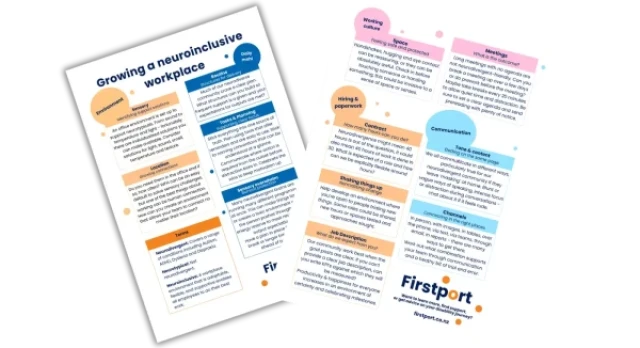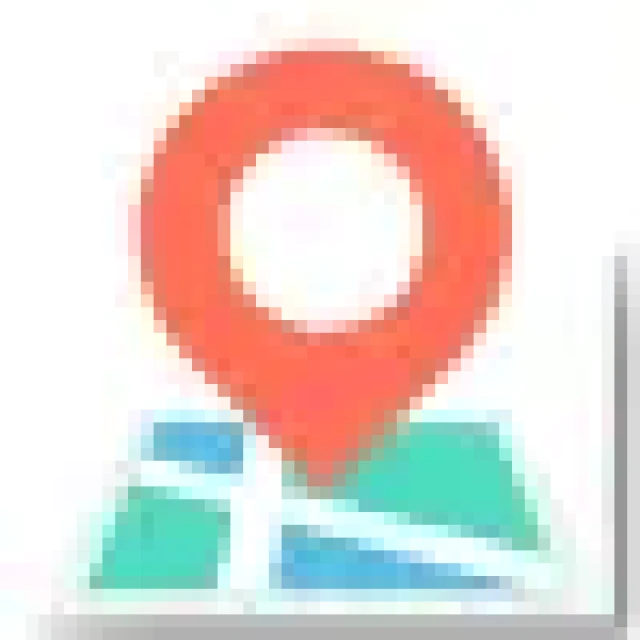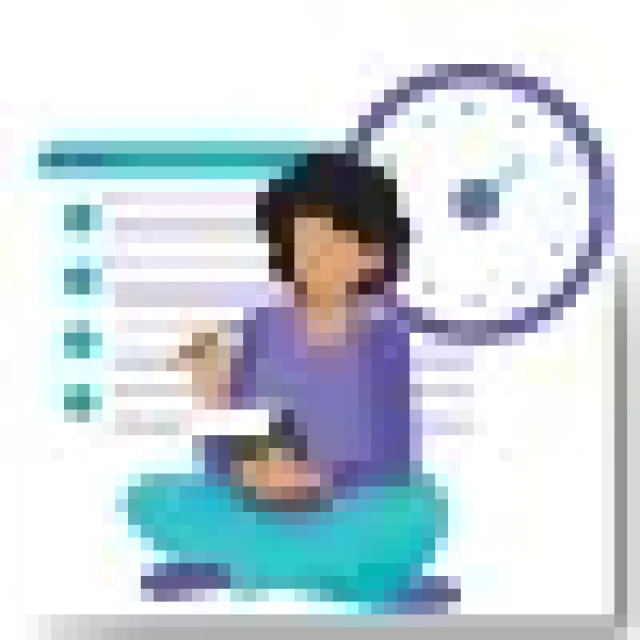Growing a neuroinclusive workplace
What does it look like?
On this page
Creating an inclusive environment takes more than one person. It’s a team effort and whether you’re neurodivergent (Autistic, ADHD etc.) or neurotypical, you play an important role in making a functional space.
For example, take a look at this report from Deloitte on the benefits of Neuroinclusive employment.

Work through these neuroinclusive thought-starters created with the support of our friends at Autism New Zealand.
Environment
Sensory: Identifying support solutions

An office environment is set up to support neurotypicals. From sound to temperature and light - fortunately there are individualised solutions you can make available. Consider solutions for light, sound, smell, temperature and texture.
Location: Growing connections

Do you need them in the office and if so, how often? WFH can be an easy default to solve sensory challenges, but one of the best things about working can be human connection. How can you create an environment that allows your team to connect no matter their location
Daily mahi
Routine: Structures for delivery

Much of our neurodiverse community crave a clear plan. What structures can you build so frequent support is a given and your expectations for outputs are met?
Tasks & Planning: Supporting clear focus

Stick everything into one source of truth. Plan using tools that offer reminders and are easy to use. Stick to naming conventions that can be understood at a glance. Communicate where action is required from the outset before distraction kicks in. See if you can spend some time in a class to feel how welcoming it is, and how inclusive it feels.
Sensory overwhelm: Burnout protection

Many neurodivergent brains are running many different programmes at once. This can make things faster, or create a toxic environment where the person pushes through their energy reserve to meet neurotypical output expectations. Have a plan in place for a quick break or longer break to get in ahead of burnout.
Working culture
Space: Feeling safe and protected

Handshakes, hugging and eye contact can be reassuring; or they can be absolutely awful. Check in before touching someone or handing something, this could be invasive to a sense of space or senses.
Meetings: What is the outcome?
Long meetings with no agenda are not neurodivergent-friendly. Can you break a meeting up over a few days or do prework before the meeting? Maybe take breaks every 20 minutes to allow quiet time and distraction. Be sure to set a clear agenda and send prereading with plenty of notice.
Hiring & paperwork
Contract: How many hours can you do?
Neurodivergence might mean 40 hours is out of the question, it could also mean 40 hours of work is done in 30. What is expected of a role and how can we be explicitly flexible around hours?

Shaking things up : Normalising change
Help develop an environment where you’re open to people trialing new things. Some roles could be shared, new hours or spaces tested and approaches sought.
Job Description: What do we expect from you?
Our community work best when the goal posts are clear. If you can’t provide a clear job description, can you write KPI’s against which they will be measured? Productivity & happiness for everyone increases in an environment of certainty and celebrating milestones.
Communication
Tone & content: Getting on the same page
We all communicate in different ways, particularly true for our neurodivergent community if they leave ‘masking’ at home. Blunt or vague ways of speaking, intense focus or distraction during conversations - chat about it if it feels rude.
Channels: Connecting in the right places
In person, with images, in tables, over the phone, via text, via teams, through email, in reports - there are many ways to get there. Work out what combination supports your team through communication and a heathy bit of trial and error.
Terms
Neurodivergent: Covers a range of conditions including Autism, ADHD, Dyslexia and Dispraxia.
Neurotypical: Not neurodivergent.
Neuroinclusive: A workplace environment that is adaptable, flexible, and supportive enables all employees to do their best work.